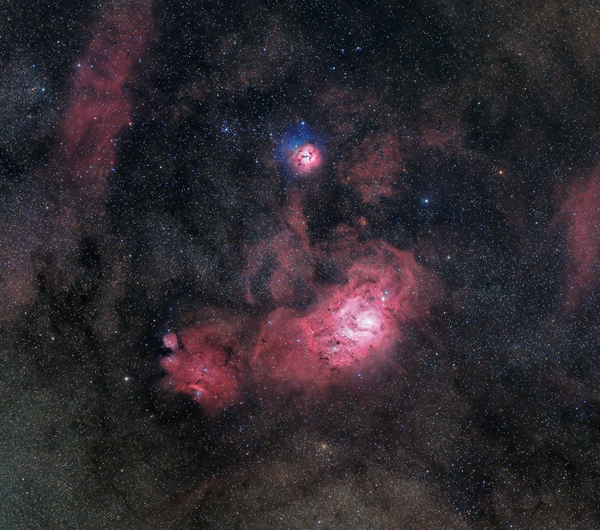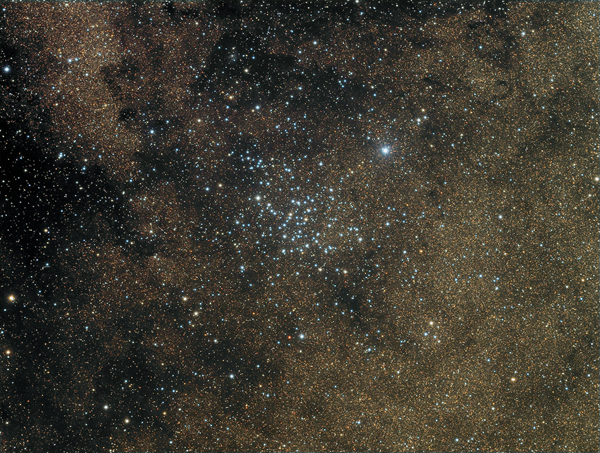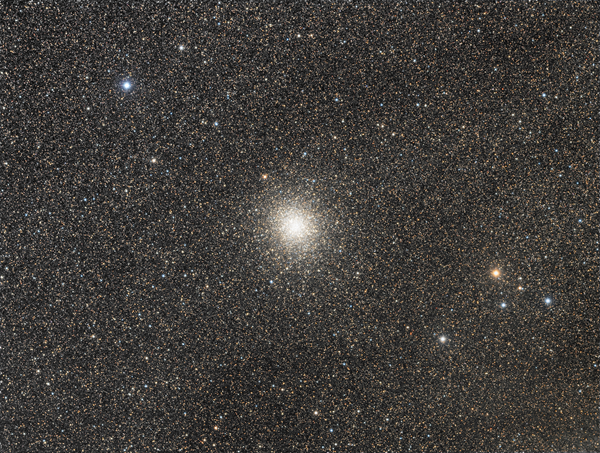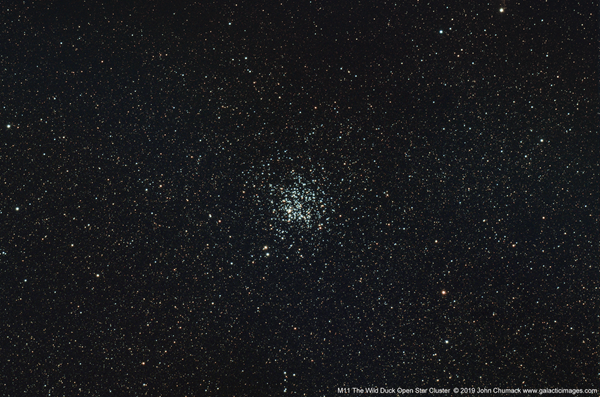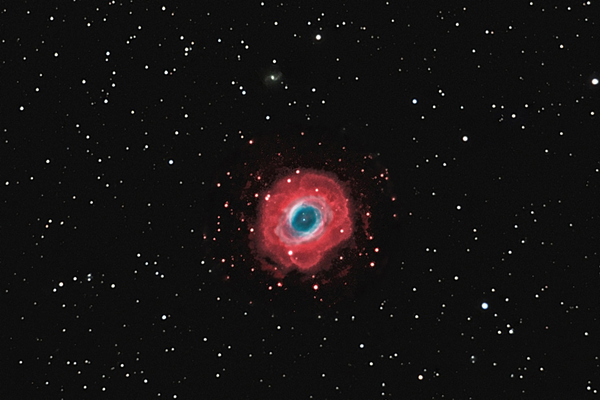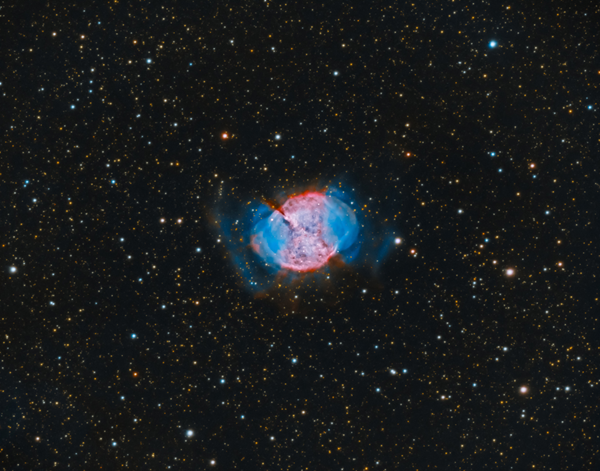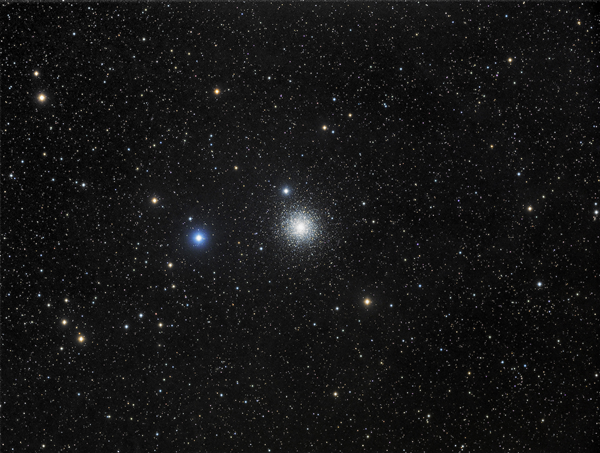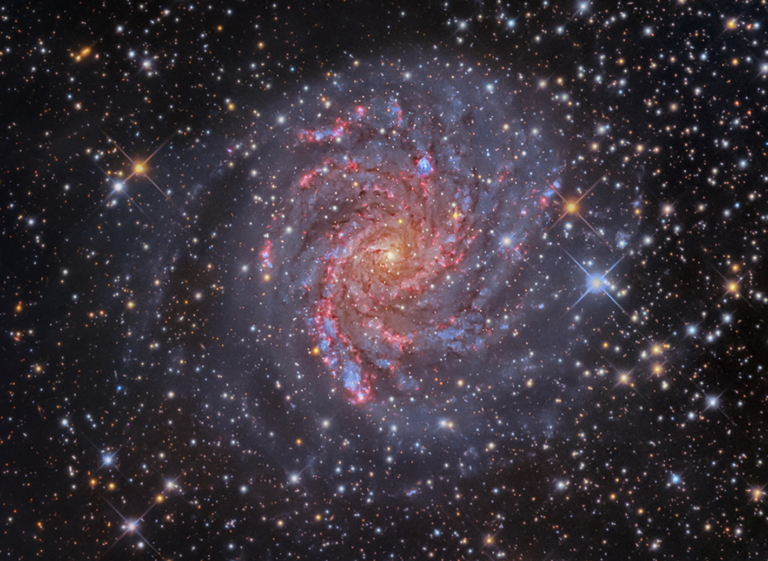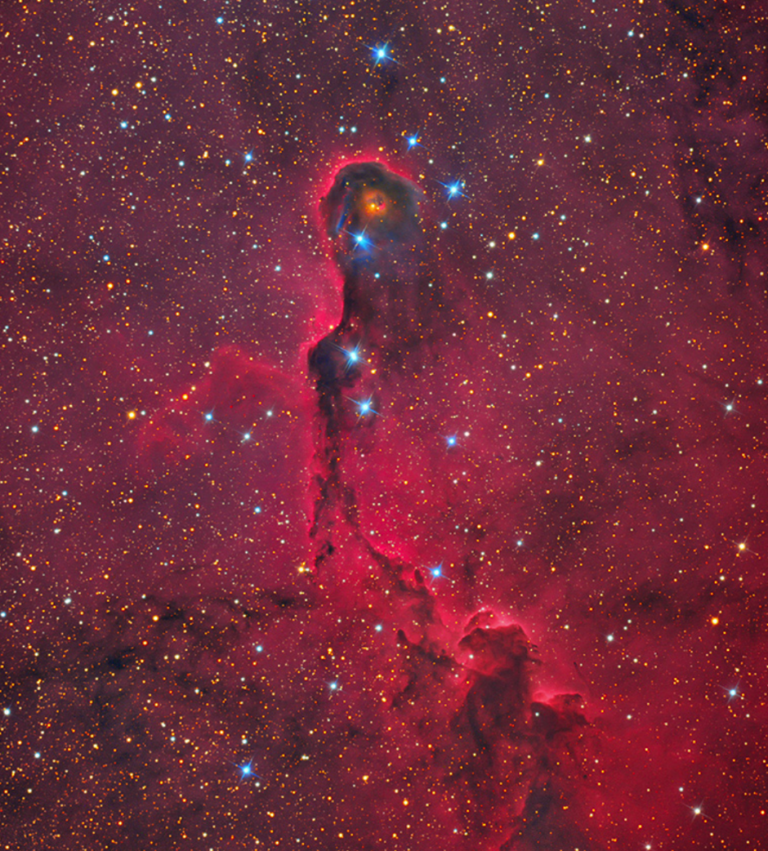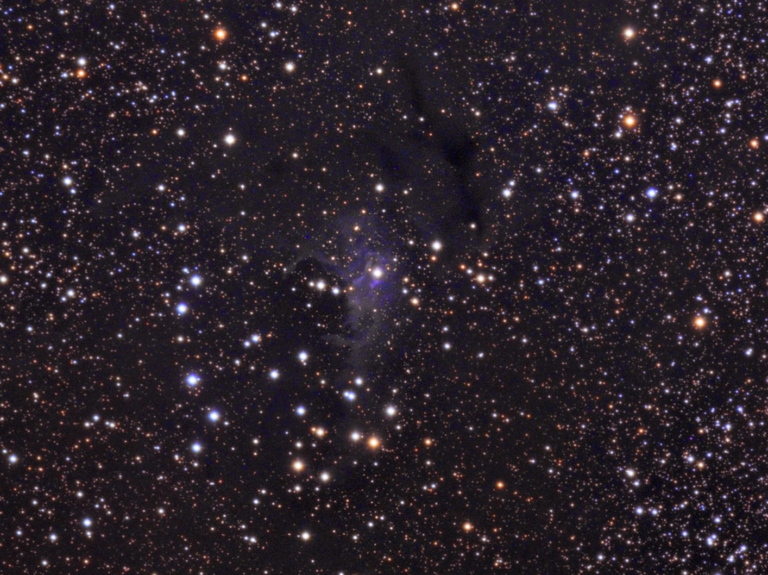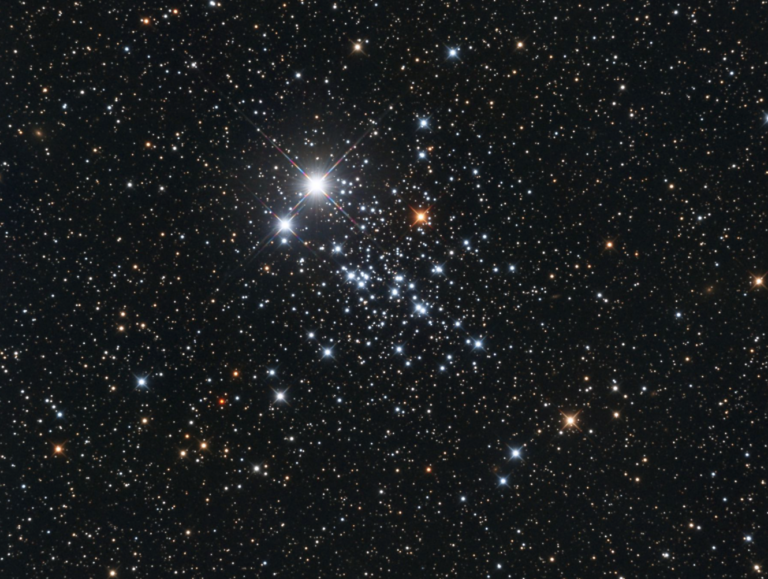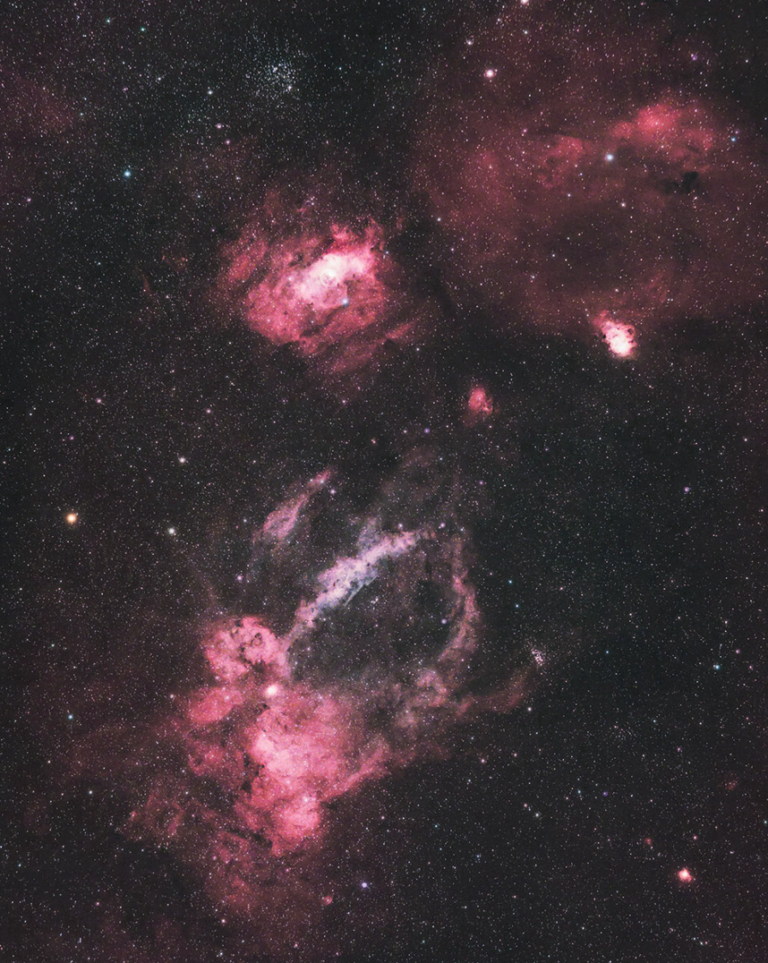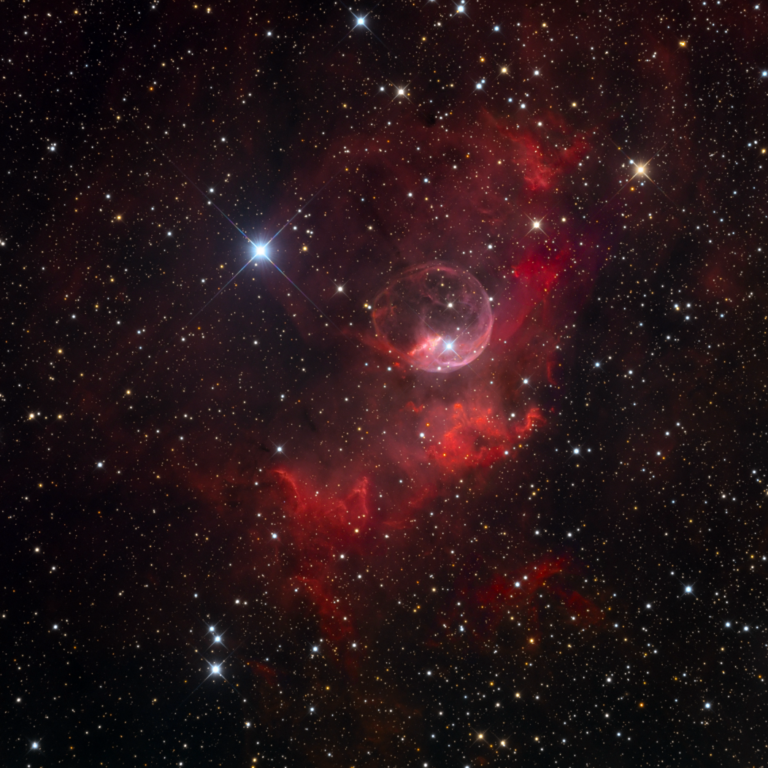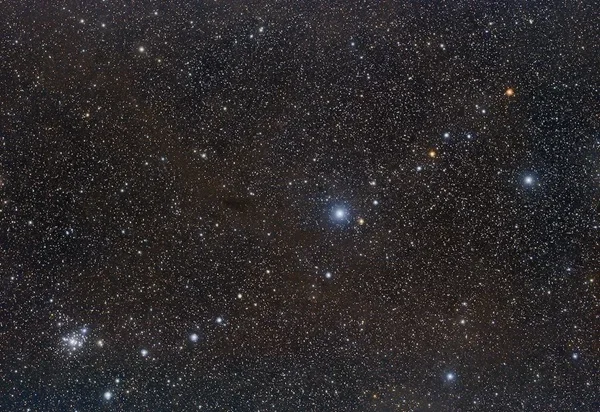The way that Messier objects are distributed across the sky means that there’s only a short window from mid-March to early April where all objects are visible over the course of a single night.
But this year, if you missed out on the full marathon experience, you can at least keep your observational muscles fit by giving a mini-marathon a try.
In the spirit of my mini-Messier marathon for spring in the April 2021 issue (page 40), here is another list for the summer months: 20 great objects you can see between the time it gets dark and midnight.
For this observing sprint, start with the first object on the list below. It will be farthest west, so the following objects will set in order after it, giving you more time to observe them.
This summer, the Moon is New on July 9 and Aug. 8. So, your first observing window runs from the date you get this magazine until around July 12. After that, moonlight will interfere with your search until Last Quarter on July 31. Then, you’ll have a second week-long window, where the sky will stay Moon-free until after midnight. As always, let your scope cool to the ambient temperature, savor each object, and have fun!
With an apparent diameter of 16.6′, M13’s stars resolve even through a 3-inch telescope. Through an 8-inch or larger scope, try to spot the “propeller,” a small, Y-shaped region of three dark lanes near M13’s center.
Our next target, another fine globular, lies in Ophiuchus. Look for M12 nearly 8° east-northeast of Yed Posterior (Epsilon [ε] Ophiuchi). It glows at magnitude 6.1 and measures 14.5′ across. Through a 4-inch scope, a faint halo of stars surrounds a bright, compact core. Bump the aperture to 10 inches, and M12 will resolve into hundreds of stars.
Tarry in Ophiuchus for one more globular, M10. You’ll find it 8° northeast of Zeta Ophiuchi. M10 glows at magnitude 6.6 and measures 15′ across, half the Full Moon’s diameter.
Through a 4-inch scope at low power, you’ll first notice M10’s bright core and then the faint halo around it. At 200x, you’ll resolve a swarm of just-visible stars. Larger scopes reveal the richness of the halo and how its brightness slowly fades with distance from the core.
M92 is the “other” globular in Hercules. It glows at magnitude 6.5, measures 11.2′ across, and lies 6.3° north of Pi (π) Herculis. Its stars are nearly as bright as those in M13, and they easily resolve through small scopes. A 6-inch instrument at 100x will reveal the slight oval shape, which orients north-south.
Start with a low-power eyepiece, and try to pick out the butterfly’s wings, one to the north and the other to the south. A 4-inch scope will reveal 50 stars, and through an 11-inch scope, you’ll count 200. M6’s brightest star is the orange, 6th-magnitude point on the cluster’s eastern edge.
Near M6, you’ll also find Ptolemy’s Cluster (M7), which is even brighter (magnitude 3.3) and larger (1.3°). It lies nearly 5° east-northeast of the two bright stars that mark the scorpion’s stinger. You’ll spot M7 easily from any reasonably dark site.
M7 covers an area as large as four Full Moons, so only a low-power eyepiece will reveal the entire cluster. Alternatively, you can crank up the power and look for embedded features — double stars, patterns the cluster’s stars form, or gaps between lines of stars. Plan on spending some serious time doing this.
Next up is open cluster M23 in Sagittarius, one of Messier’s least-observed objects. That’s a shame, because it’s gorgeous. You’ll find it 4.5° west-northwest of Mu (μ) Sagittarii.
M23 glows at magnitude 5.5 and measures 27′ across, a size nearly that of the Full Moon. Through a 4-inch scope at 100x, you’ll see 50 stars spreading out into several curving rows. Although the surrounding star field is rich, you’ll have no trouble identifying where M23 ends.
One of the finest objects in Sagittarius is the Trifid Nebula (M20), whose common name comes from the three dust lanes that converge in front of the brighter nebulosity. You’ll find it 3.3° southwest of Mu Sagittarii. The nebula measures 20′ by 20′ and features a nice triple-star system just west of center. Radiation from these stars makes M20 glow. A reflection nebula, which looks blue in images, lies on the Trifid’s northern edge.
Now head just over Sagittarius’ border into Serpens Cauda for the Eagle Nebula (M16). It’s actually two objects, open cluster NGC 6611 and nebula IC 4703. Together they span 21′. You’ll find it 2.5° west-northwest of Gamma (γ) Scuti.
A 6-inch scope reveals about a dozen stars brighter than 10th magnitude along with several dozen fainter ones, giving M16 a three-dimensional appearance. The nebula engulfs the cluster and continues to the south.
Back we go to Sagittarius for the Omega Nebula (M17), also known as the Swan Nebula, the Checkmark Nebula, and the Horseshoe Nebula. It lies 2.5° southwest of Gamma Scuti. Through a 6-inch scope, it appears as a bright bar 7′ long with a short extension from the west end to the south. Crank the power past 150x, and the extension becomes hook-shaped, with dark material blocking light from its center.
One of the most spectacular objects in Sagittarius is globular cluster M22. This easy naked-eye object ranks as the sky’s third-brightest globular. It glows at magnitude 5.2, measures 24′ across, and lies 2.5° northeast of Kaus Borealis.
Through a 4-inch scope, you’ll see several dozen stars. But move up to a 10-inch and hundreds of stars in the cluster will dazzle you.
One of my favorite deep-sky objects is the Wild Duck Cluster (M11) in Scutum. This open cluster glows at magnitude 5.8 with a diameter of 13′. From a dark site, sharp-eyed observers will spot M11 with their unaided eyes by following a curved line of stars of decreasing brightness. Start with Lambda Aquilae, move to Iota (ι) Aql, and proceed to Eta Scuti, which will lead you to M11.
Use an 8-inch scope and 75x, which will let you see more than a hundred stars. M11 has a core packed so tightly it looks like a globular cluster. Streamers of stars and dark lanes emanate from the central region in all directions.
To find M57, locate Beta (β) and Gamma Lyrae. The Ring lies roughly midway between them. It glows at magnitude 8.8 and measures 1.2′ across.
A 4-inch scope will show the two bright lobes and several stars scattered across M27’s face. This object responds well to high powers because it has a high surface brightness. Through a large telescope, use an Oxygen-III filter to reveal more detail, and really crank up the magnification.
The fact that M73 — a grouping of four stars — is a Messier object shows how primitive Charles Messier’s telescope was. It sits not quite 3° west-southwest of Nu (ν) Aquarii.
M73 appears as an equilateral triangle of stars joined by a fourth just to the triangle’s north-northwest. The combined magnitude is 8.9 and it spans just 2.8′. I put this object on the list because you should see it — once.
From a dark site, sharp-eyed observers can spot M15 with their naked eyes. But confirm your sighting through your telescope: A 4-inch scope will resolve dozens of stars around the cluster’s bright core. Look for chains of stars that wind out from its central region.
Now head south to Aquarius for M2, one of the sky’s richest and most compact globular clusters. It shines at magnitude 6.6 and has a diameter of 12.9′.
To find it, scan roughly 4.5° due north of Beta Aquarii. If you have sharp eyes, you might spot the cluster with your naked eyes from a dark site. Through your telescope, you’ll notice that M2 appears slightly elliptical.
Our final treat, M30 in Capricornus, lies roughly 3° east-southeast of Zeta Capricorni. It glows at magnitude 6.9 and measures 11′ across.
Through a 4-inch scope, you’ll see a bright, broad core you won’t resolve, surrounded by myriad stars you can resolve. Use a 12-inch scope, however, and crank the power to 300x or more, and the core will explode with detail.
Much more to see
Believe it or not, space allowed me to describe only half of the Messier objects visible in the summer sky. After you’ve gazed lovingly at the wonders I’ve listed, you absolutely should check out M9, M14, M19, M62, and M107 in Ophiuchus; M80 in Scorpius; M18, M24, M25, M28, M54, M55, M69, and M75 in Sagittarius; M26 in Scutum; M56 in Lyra; M72 in Aquarius; M71 in Sagitta; and M29 and M39 in Cygnus. Each is worth your time, and the darker your observing site, the better. Good luck!

